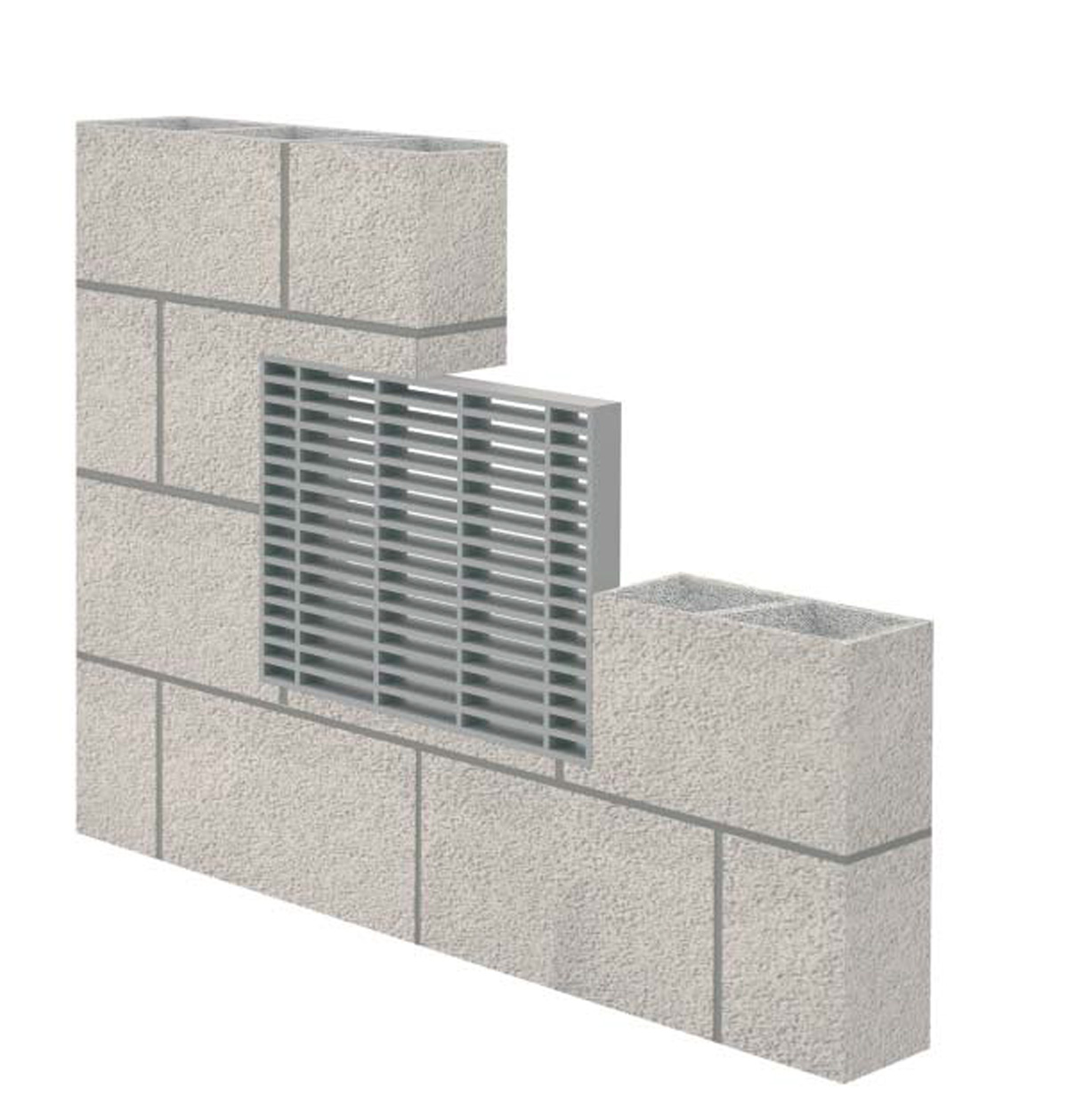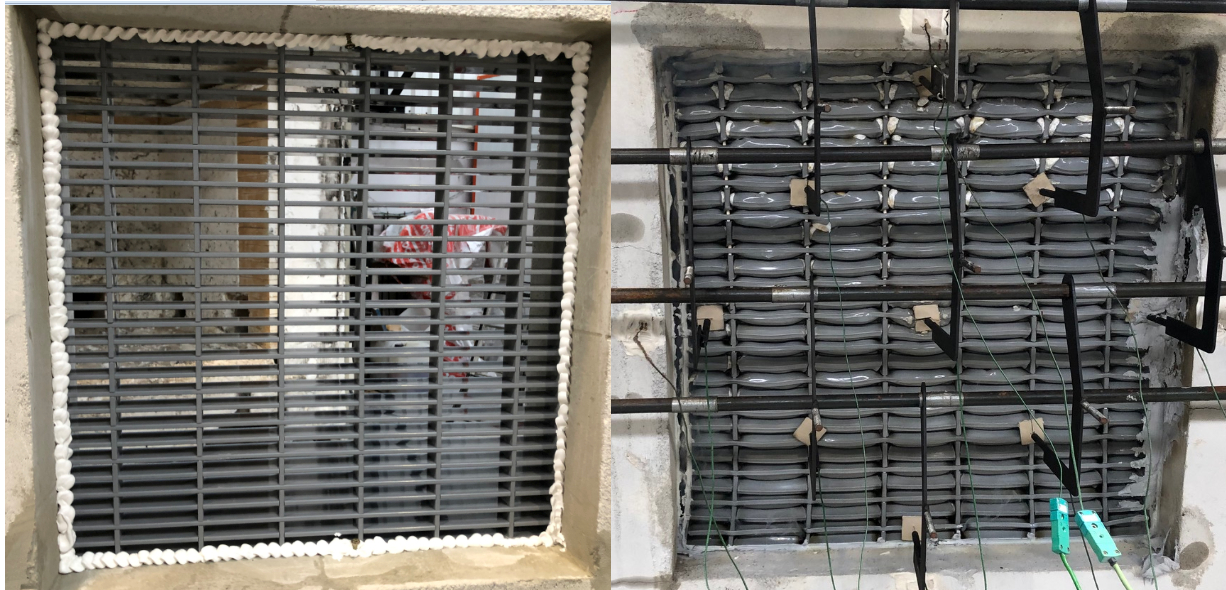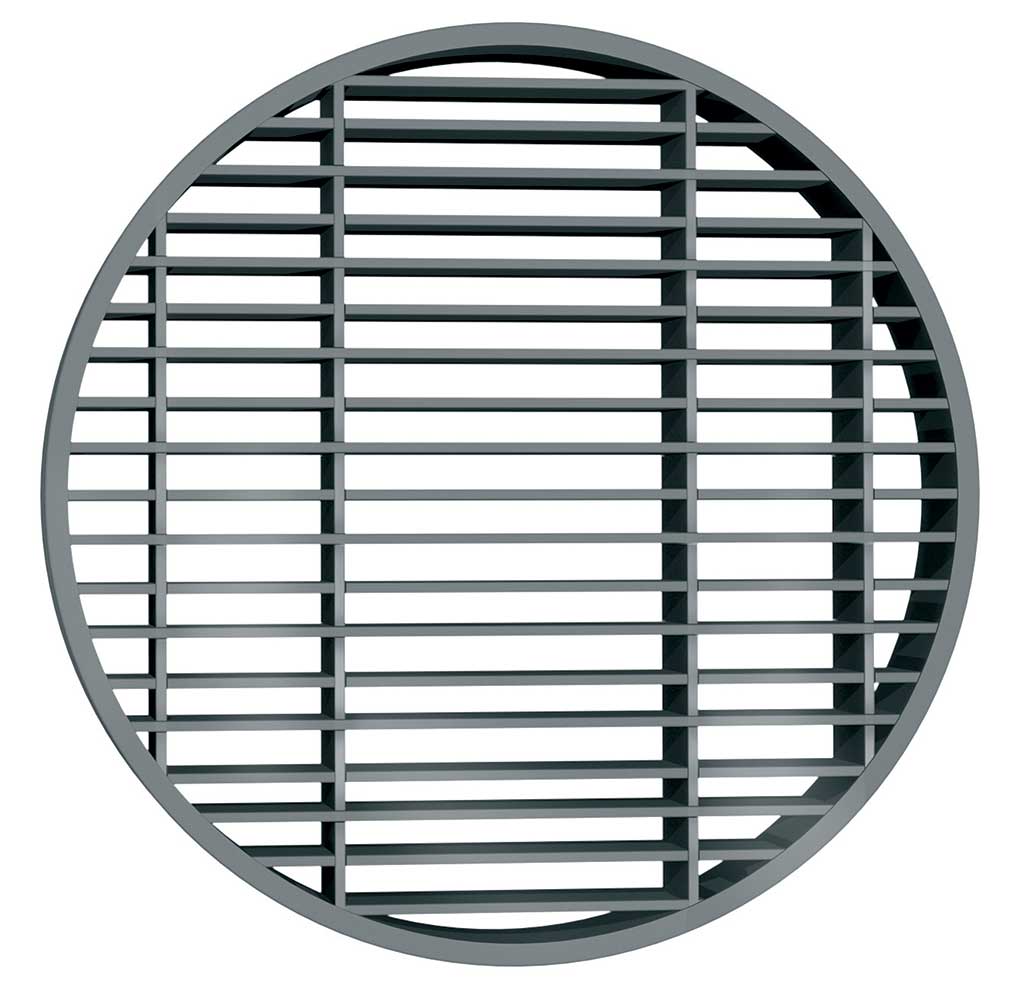
Sectorization in service crossing – Intumescent grilles for natural ventilation
In this Post we will discuss a common problem. In many places we face protected spaces that require a sectorization, and simultaneously, they need natural ventilation (not forced ventilation, which we will talk about in another article); as the CTE mentions in the DB-SI section we have two alternatives:
- To have an element which, in the event of a fire, automatically blocks the passage cross-section and guarantees at this point a fire resistance at least equal to the one in the crossed element. For example, an automatic fire damper EI t (i <-> o) where t is the fire resistance time required for the crossed compartmentation element, or an intumescent sealing device.
- Pass-through elements providing resistance at least equal to that of the crossed element, e.g. ventilation ducts EI t (i <-> o) where t is the required fire resistance time of the crossed compartmentation element.
It also specifies the Intumescent Grilles DB-SI in its annotated edition for ventilation of storerooms towards the garage, when one is chosen to individually separate each storeroom as a space of special risk.
Today we have to talk about the first option, and specifically, the Intumescent Sealing Devices or more commonly known as Intumescent Grilles. These are the most suitable options when it comes to provide a natural ventilation to a particular location, for example, a room with a transformer that generates warmth or any other device that requires a natural ventilation; in other words, a small air renewal. For this purpose, a fire damper could also be placed with a fuse that locks in case of fire, but its economic cost will be much higher than an Intumescent Grille, which will perform the same role.
We have developed the Tecsel® Grille at mercor tecresa® to provide the natural ventilation function for this type of area, as well as to maintain the sectorization in this shaft. Our Tecsel Grid is composed by a product called Palusol (hydrated calcium silicate + organic matter + fiberglass) that is strengthened with an epoxy resin to protect it from the climatic harshness along with a PVC cover. This material will start to react above 100 ºC by increasing its volume to completely close the hollow.
These Tecsel ® Grilles are manufactured in various dimensions to meet the ventilation needs of each premise. The maximum dimension tested is 600 x 600 mm. If the need for ventilation is greater, there is the possibility of placing them in battery, as long as we have a distance of at least 10 cm between them with a material that gives us the same fire resistance needed for the party wall. Anchoring the grille to the wall must be done with fixing elements that have the same fire resistance as the grille. If there are any holes between the grille and the parament, they must be sealed with Tecsel® Mastic.
There are also Tecsel Circular Grilles® that are useful when we have to, or we want to make a round natural ventilation duct and we have to sectorize.
To calculate the size of the grille with the figure for the required ventilation surface, we will always bear in mind that the Palusol form of the grille will suppose an obstacle to the passage of air (about 40%).
These Intumescent Grilles are not accepted when forced ventilation is used. The reason is that the intumescent product, once it has increased its volume, deforms excessively with suction or air pressure, and may not fulfil its purpose as a sectoring element. For this purpose, fire dampers or fire-resistant ducts are advisable.
Contact our technical team for further information about our products.

